Scientists have announced a surprising discovery that could change the way we understand electricity in nature. A new species of bacteria, discovered along the coast of central Oregon, USA, possesses the ability to conduct electricity through its entire body like a living wire. This goes against the conventional thinking that only metals like copper or high-tech circuits are capable of conducting electricity.
The bacteria, officially named Ca. Electrothrix yaqonensis, is made up of rod-shaped cells that are linked together to form filaments that can be several centimeters long. What makes this bacterium unique is its ability to conduct electricity unlike any other in its group, thanks to the presence of unusual nickel filaments embedded in its thick surface ridges.
Photo: Sommart/Adobe.
The study, published in the journal Applied and Environmental Microbiology, suggests that Ca. Electrothrix yaqonensis appears to be a primitive branch of the bacterial family tree, opening up new avenues for understanding the evolutionary origins of electrically conductive life forms. However, what is most intriguing is not just the evolutionary origins, but how the bacteria function and their potential practical applications.
This conductive bacterium can transfer electrons along its body, acting as a natural wire, transporting electrical charges through the sediments in its habitat. This property allows the bacterium to interact effectively with pollutants and metal ions, making it extremely useful in coastal habitats where energy and resources are often unstable and unpredictable.
Scientists believe that this tiny electrically conductive organism could become a powerful tool in practical applications, especially in the field of environmental remediation. Thanks to its ability to clean up pollutants through electron transfer, Ca. Electrothrix yaqonensis could be used in environmental remediation activities in old industrial areas or heavily polluted sites. In addition, because it is composed of proteins and self-replicating cells, this bacterium also opens the way for the development of more environmentally friendly bioelectronic systems.
The structure of the wire bacteria also provides inspiration for clean energy technology research. The highly conductive nickel proteins could serve as models for developing new materials, sensors, or energy storage. When combined with other advances such as harvesting electricity from the Earth’s rotation or harvesting energy from falling rain, the discovery of this special bacteria could contribute to providing a sustainable energy source for future generations.
Bao Ngoc (t/h)
Source: https://doanhnghiepvn.vn/cong-nghe/phat-hien-chan-dong-sinh-vat-co-kha-nang-dan-dien-nhu-mot-soi-day-song/20250516043531551


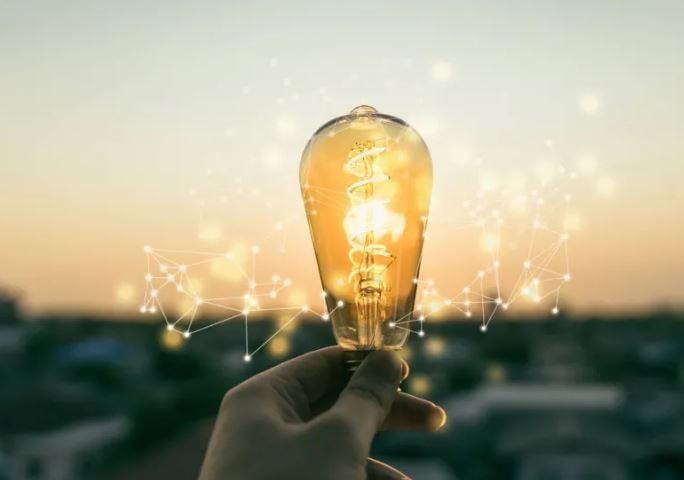


![[Photo] Hue: Inside the kitchen that donates thousands of meals a day to people in flooded areas](https://vphoto.vietnam.vn/thumb/1200x675/vietnam/resource/IMAGE/2025/10/29/1761738508516_bepcomhue-jpg.webp)

![[Photo] Prime Minister Pham Minh Chinh chaired a meeting to evaluate the operation of the two-level local government model.](https://vphoto.vietnam.vn/thumb/1200x675/vietnam/resource/IMAGE/2025/10/29/1761751710674_dsc-7999-jpg.webp)
![[Photo] Prime Minister Pham Minh Chinh chaired a meeting to discuss solutions to overcome the consequences of floods in the central provinces.](https://vphoto.vietnam.vn/thumb/1200x675/vietnam/resource/IMAGE/2025/10/29/1761716305524_dsc-7735-jpg.webp)














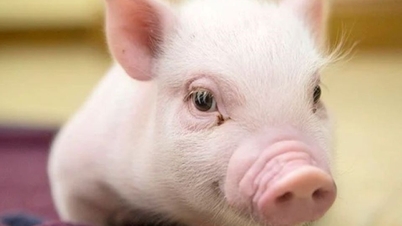
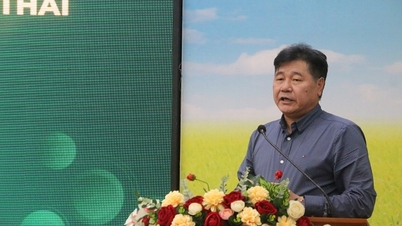
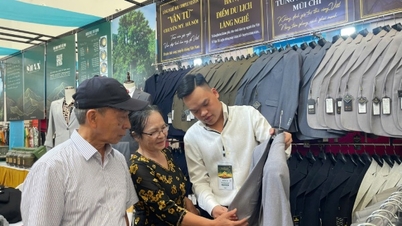

![[Photo] Flooding on the right side of the gate, entrance to Hue Citadel](https://vphoto.vietnam.vn/thumb/1200x675/vietnam/resource/IMAGE/2025/10/28/1761660788143_ndo_br_gen-h-z7165069467254-74c71c36d0cb396744b678cec80552f0-2-jpg.webp)
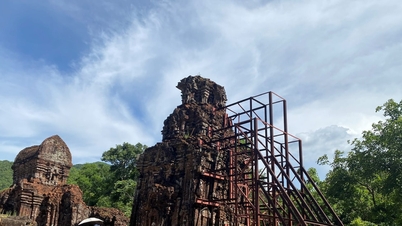

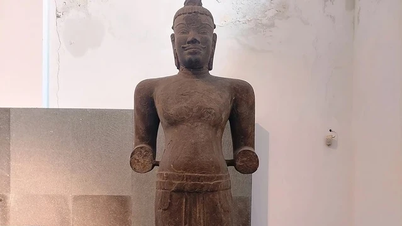

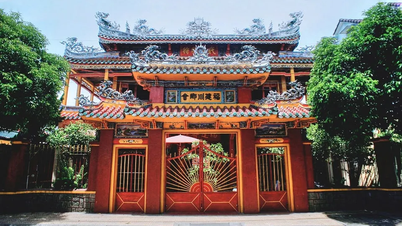

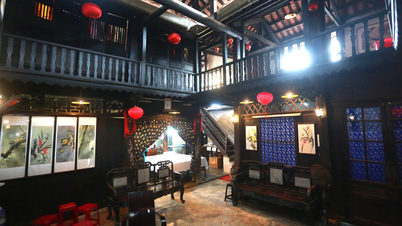










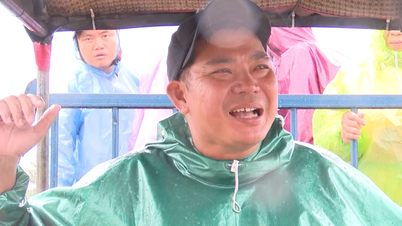
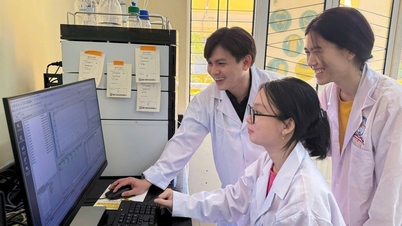









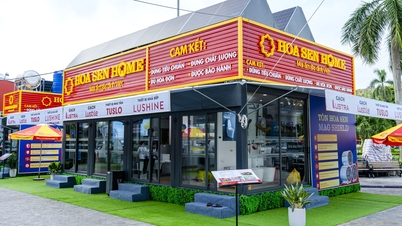
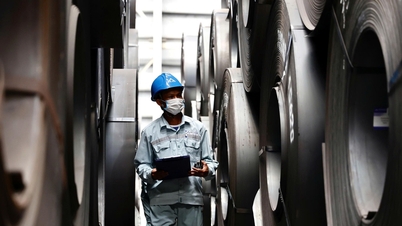

















![[Live] Concert Ha Long 2025: "Heritage Spirit - Brightening the Future"](https://vphoto.vietnam.vn/thumb/402x226/vietnam/resource/IMAGE/2025/10/29/1761743605124_g-anh-sang-am-thanh-hoanh-trang-cua-chuong-trinh-mang-den-trai-nghiem-dang-nho-cho-du-khach-22450328-17617424836781829598445-93-0-733-1024-crop-1761742492749383512980.jpeg)

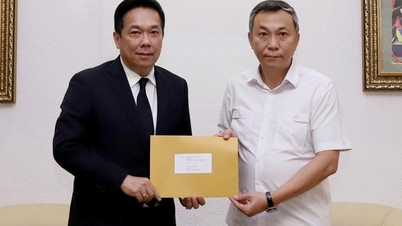


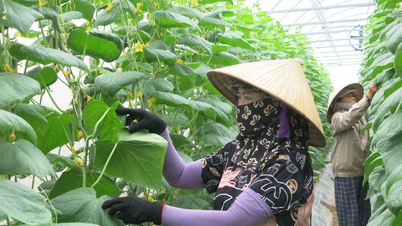

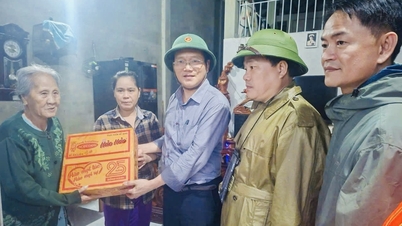

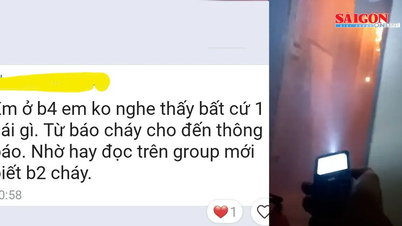

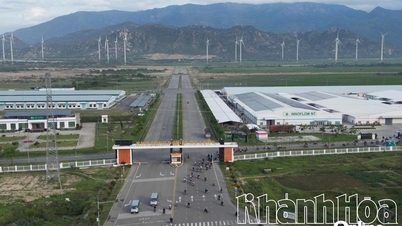


















Comment (0)